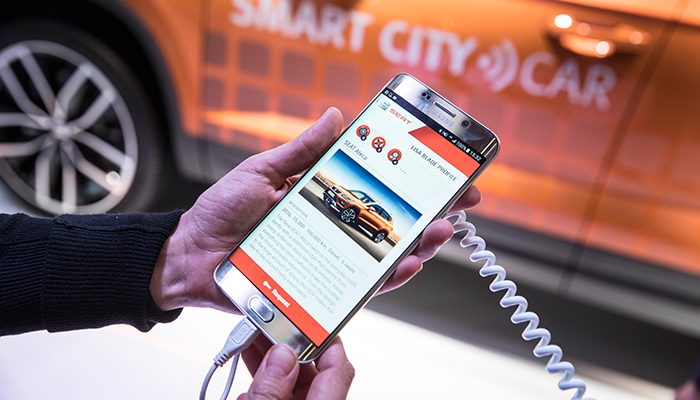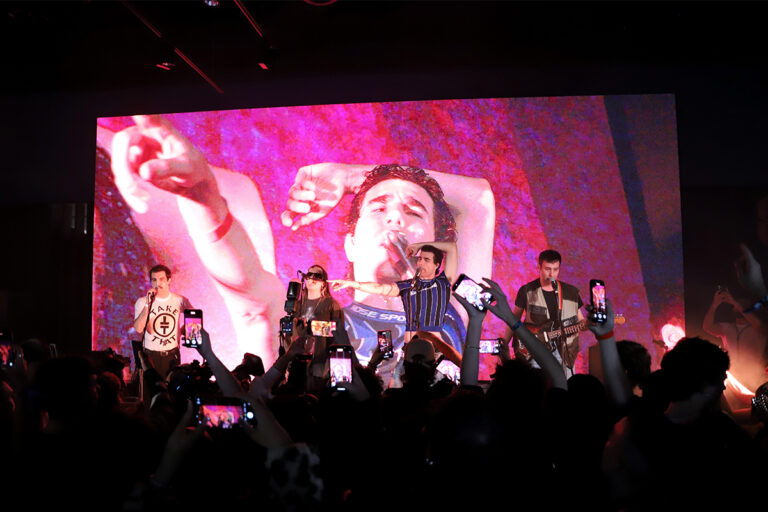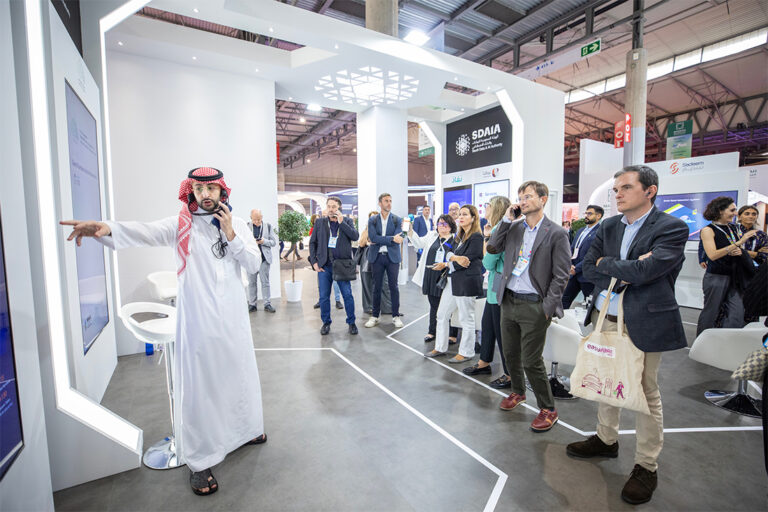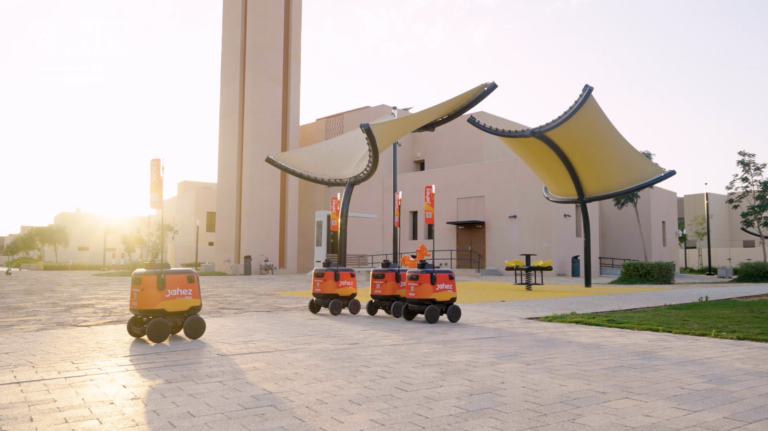So fascinated is de Meo by the changes that are transforming his industry that he drives his very own SEAT prototype electric car for everyday use. “I always look at things from the customer’s point of view,” he explains.
De Meo expects investment in electric vehicles (EVs) to increase as battery costs come down and carmakers in Europe seek to comply with tough emissions targets. However, if EVs are to become mainstream, the technology still needs to develop significantly, he adds; in particular, there need to be improvements in vehicle range and in recharging speed.
Plus, the technology premium over cars with internal combustion engines will have to fall below 10 percent: “When those three conditions are met, people will recognize that the change is worth it. There is still is a lot of engineering work that needs to be done before we can get that far. But electric cars are here to stay.”
It is not only as the personal owner of an early EV that de Meo is in pole position to anticipate future trends. As the head of Barcelona-based SEAT, he has a privileged viewpoint into the development of connected car services.
Barcelona is one the most dynamic “new economy” hubs in Europe, a place where start-ups, developers and researchers from all over the continent and beyond are working on new solutions to today’s challenges.
The city is home to leading business schools IESE and ESADE, and each year hosts two of the best-attended events on the world’s technology calendar: the Mobile World Congress and the Smart City Congress. “Barcelona is the best city for researching new mobility solutions in the context of smart cities because of its size, industrial network and the presence of start-ups that foster innovation,” de Meo says.
“Because it is our sole focus, car makers, not technology companies, will have the advantage in shaping the future of urban mobility.”
Luca de Meo, President, SEAT
As well as forecasting rapid growth in EV development and connected car services, de Meo is also confident that autonomous driving will gradually become a commonplace feature of the vehicles on city roads.
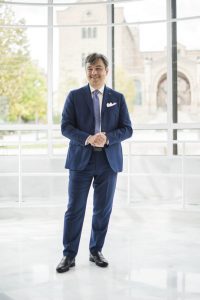
The technology has one compelling benefit that should its ensure widespread adoption: its safety. “Safety is undoubtedly the biggest incentive for autonomous driving,” he says. “Every year 1.2 million people still die around the world in traffic accidents. Everybody wants to get that number down to zero.”
De Meo expects the first applications of autonomous driving to be in relatively specialized domains, for example ‘robo-taxis’ that people can jump in and out of on certain routes in cities, much like rides in an amusement park. There is also an immediate opportunity for autonomous driving in the trucking industry, where logistics companies are keen to use the technology to enable their trucks to drive in platoons, lowering fuel consumption and increasing safety.
It is however in the connected car space, where cars meet the Internet of Things and the digital economy, that SEAT has the ambition of playing a front runner role. Tapping into Barcelona’s rich ecosystem of innovative start-ups and urban planners, SEAT is developing a whole suite of services that explore the potential for digital communications to transform urban driving.
Under the concept of ‘Easy Mobility,’ SEAT has introduced a digital sharing app that enables car sharing between users, as well as a Parkfinder app that simplifies the process of finding and paying for a city parking space. The company’s concept car for urban mobility, the Ateca Smart City Car, integrates Parkfinder and other Easy Mobility technologies to reduce emissions, noise and traffic congestion in cities.
“I believe that for SEAT, with our young clientele and our trendy brand, connectivity is one of the biggest opportunities,” de Meo says. “We want to be a key player in developing smart, new, urban mobility concepts. Our goal is to become a front-runner in connectivity.”![]()





